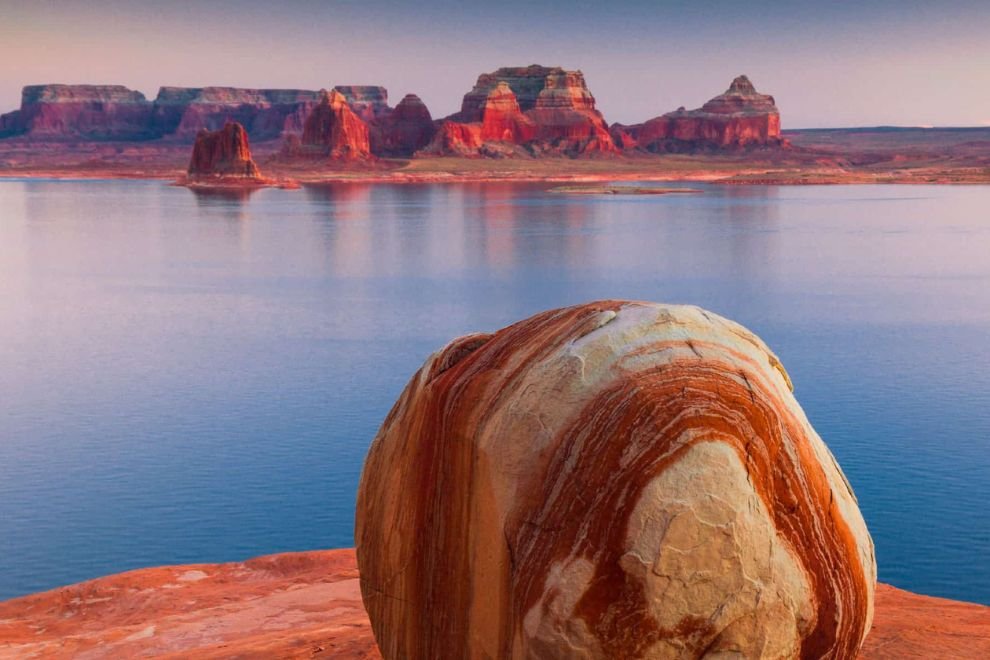Lake Powell is the second largest man-made reservoir in the US with a capacity of 25,166,000 acre-feet. Due to the intense multiyear drought that hit the country, it has lost nearly 7% of its potential storage capacity since 1963.
Lake Powell went through an average annual loss in storage capacity of about 33,270 acre-feet or 11 billion gallons per year between 1963 and 2018. The amount of loss is able to fill several full-sized pools.
What is the Cause?
According to the research, particles from the Colorado and San Juan rivers are reducing the reservoir’s capacity. These sediments accumulate at the reservoir’s bottom and reduce the volume of water the reservoir can contain overall.
In the Colorado River Basin, Lake Powell is an important reservoir. The largest reservoir in the country, Lake Mead, which is close by, and Lake Powell have both been draining rapidly. As a result of Lake Mead’s water level dropping to previously unheard-of lows in August, the federal government for the first time mandated water use reductions for states in the Southwest, which started in January.
The Affected Regions
More than 40 million people who live in seven Western states and Mexico are served by the system. Many people in the area, including rural farms, ranches, and indigenous settlements, depend on the Lakes Powell and Mead for irrigation and drinking water.
Since last week, Lake Powell fell below the crucial level of 3,525 feet above sea level, and new worries about the availability of water and the hydroelectric plants that provide electricity to millions of people in the West were raised.
“It is vitally important we have the best available scientific information like this report to provide a clear understanding of water availability in Lake Powell as we plan for the future,” says Tanya Trujillo, assistant secretary for water and science with the US Department of Interior.
He further stated, “The Colorado River system faces multiple challenges, including the effects of a 22-year-long drought and the increased impacts of climate change.”








